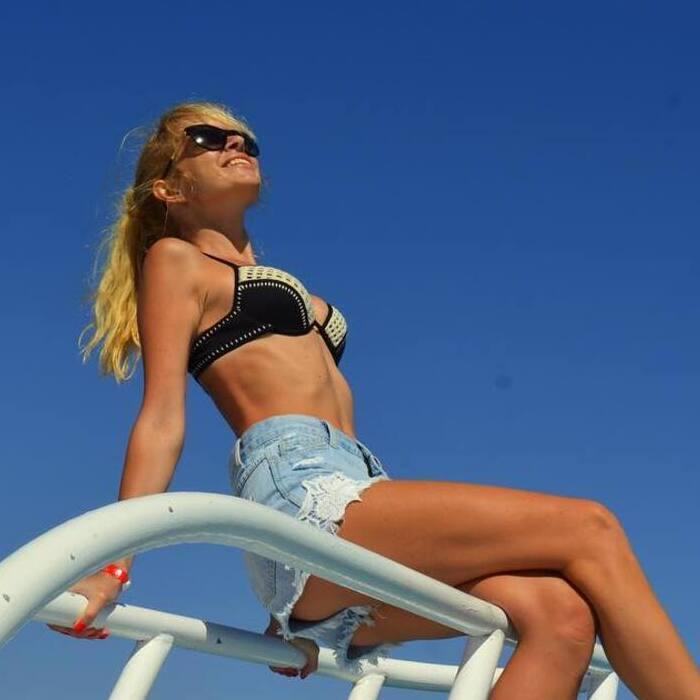On 24 October 1975, Icelandic women did not go to their paid jobs nor did they do any housework or child-rearing at home.
History teaches us that progress doesn’t come about in a vacuum and that grassroots pressure plus investment in politics is a very powerful catalyst for change. Links to external Internet sites on Library of Congress Web pages do not constitute the Library’s endorsement of the content of their Web sites or of their policies or products.
- In January 2021, Iceland extended the parental leave system to 12 months from 10 months.
- Today, on International Women’s Day, we would like to take the opportunity to introduce you to five empowering women in Iceland.
- Though herring fishing had long been practiced in Iceland’s waters, the country’s herring era only began in forcein 1903, when Norwegian fishing fleets showed up with massive drift nets capable of capturing huge caches of herring.
- A women’s movement was founded by Bríet Bjarnhéðinsdóttir in 1894, and a women’s suffrage organisation was founded in 1907.
It also has the world’s first female and openly gay head of government, Jóhanna Sigurðardóttir, who was elected prime minister in 2009. Today, observers often cite Iceland as a model of gender parity for other nations to follow. The historical arc of those achievements leads back to a period of rapid change in the country—to the salting stations of Siglufjörður and towns like it, and to the hard work of the herring girls. Herring towns grew rapidly as salting stations, processing plants and warehouses sprung up along the ever-expanding docks. Home to some 1,200 residents today, Siglufjörður reached a population of more than 3,000 by the 1940s.
What is so interesting to me is that the Icelandic parliament discussed women’s suffrage more than once in the 19th century and most parliamentarians supported it. However, all bills that contained women’s suffrage were vetoed by Danish authorities. Those bills also proposed changes in the relationship between countries as well. I was surprised at how progressive parliament was back about this topic.
A Better World Is Possible: The 1975 Icelandic Women’s Strike
On October 24, 1975, 90% of Icelandic http://ugraina.org/2023/02/08/an-introduction-to-traditional-chinese-culture-shen-yun-learn-resource/ Women went on strike for one day to remind the country of their importance. Research suggests women in the U.S. may be reluctant to lift weights for a variety of reasons, including its association with men. In the U.S., only 23.2% of adults do the recommended amount of aerobic and strength training exercise, according to the Centers for Disease Control and Prevention. It is safe to say that one of the main reasons this policy was enacted was that women were well represented in Iceland’s parliament. Today we celebrate women worldwide and the tremendous—and hard-fought—impacts they have made in society, business, science, sports, arts, and politics. You know, the women’s shelter in Reykjavik was full and has been during the COVID pandemic.
Icelandic CrossFit Women – Björk Odinsdóttir
Vigdís says she would not have become president without the strike which she said was the «first step for women’s emancipation in Iceland», which «completely paralysed the country and opened the eyes of many men». In the year following the strike, Iceland set up the Gender Equality Council, and passed the Gender Equality Act, which prohibited gender discrimination in the workplace and in schools. Though the museum offers a comprehensive history of the herring years, it’s the herring girls themselves who are the stars of the show. The museum hosts salting exhibitions on its front dock, where performers—including some former herring girls—demonstrate how freshly caught herring were gutted, salted and placed in barrels. Accordion music, singing, dancing and some lighthearted theatricality accompany the shows, capturing the lively spirit of the herring boom years. After kids grow up with equal time from parents, gender equality lessons don’t stop. Article 23 of the Act on Equal Status and Equal Rights of Women and Men https://sanctuarysd.wpengine.com/everything-about-bulgarian-girls-what-to-expect-when-dating-one/ mandates that gender equality must be taught in schools throughout all levels of education.
All Things Iceland is the go-to resource to learn about Icelandic history, culture, language and nature from the view https://panithempfarm.com/2023/02/02/10-incredible-italian-women-who-made-history/ of an expat. Women that had jobs did not show up for work and those that were normally at home, did not do any housework or child rearing for the whole day. Men had to take their children to work as well as scramble to feed themselves and the kids. https://thegirlcanwrite.net/icelandic-women/ Because women were only allowed to get the most elementary education from the established institutions at the time, Icelandic women decided to create their own private schools between 1874 and 1879.
On 24, October 1975, Icelandic women went onstrikefor the day to “demonstrate the indispensable work of women forIceland’s economy and society” and to “protest wage discrepancy and unfair employment practices”. It was then publicized domestically as Women’s Day Off (Kvennafrídagurinn). Participants, led by women’s organizations, did not go to their paid jobs and did not do any housework or child-rearing for the whole day. Ninety percent of Iceland’s female population participated in the strike.
By a lot of measures, Iceland is the best place to be a woman. The country has not just one, but three, laws protecting women at work. That doesn’t fly in Iceland, where a law bans gender discriminatory advertising. Plus, the country was the first to ban strip clubs for feminist reasons. When I asked Rakel about the future of women’s history in Iceland, her first thought was not the future of an academic field; she instead shared her thoughts on the state of equality and activism today. The Icelandic government has pledged to close the gender pay gap by 2022.
Those women who worked outside of the home in Iceland made less than 60 percent of the wages that men made. Women were also often unable to get jobs because they did most, if not all, of the housework and child rearing. The goal of the strike was to protest the wage discrepancy and unfair employment practices by demonstrating the crucial roles of women in Icelandic society. Of course, this work of refocusing our historical awareness and filling in the archival gaps is not unique to Iceland.
The Icelandic government has said it aims to close the gender pay gap in Iceland by 2022. In 1881, Iceland extended women’s rights in Iceland by allowing them to vote in local elections for the very first time.

